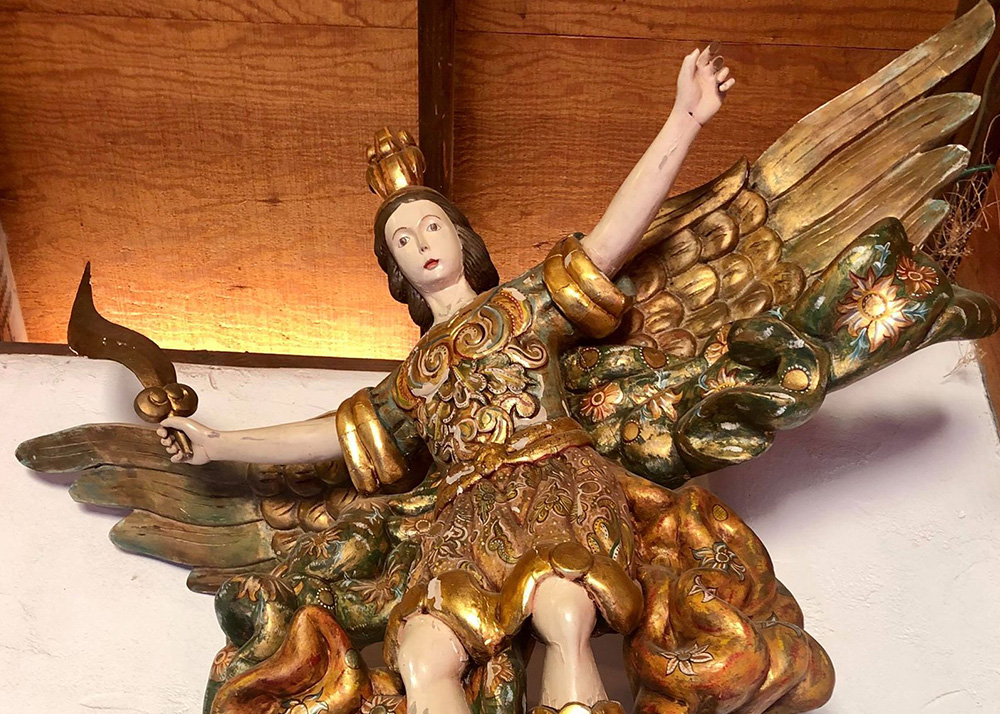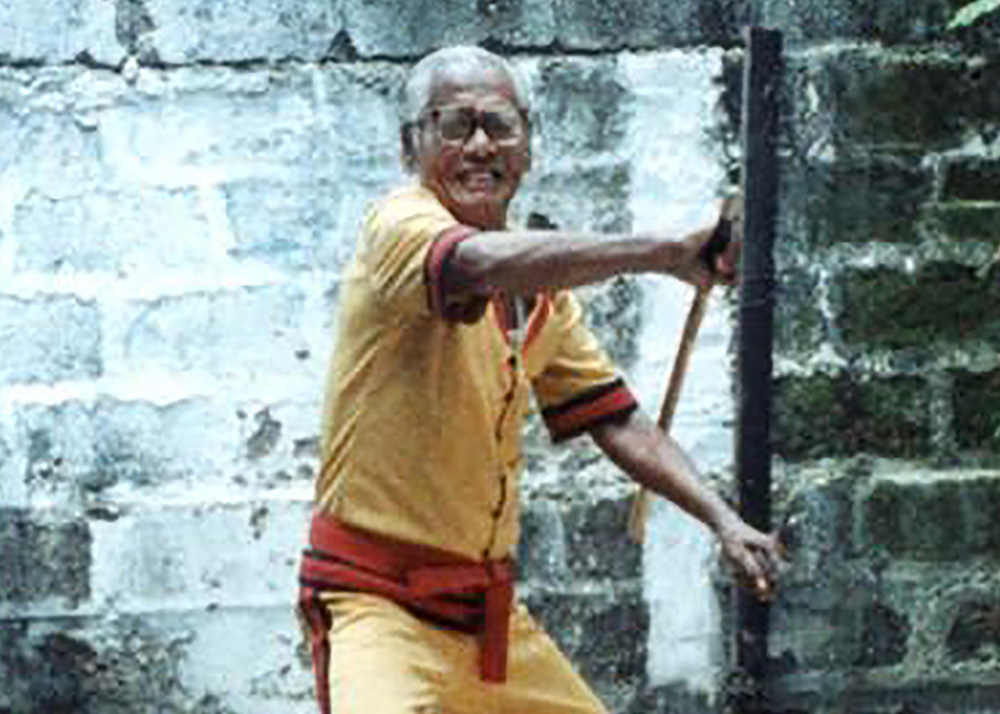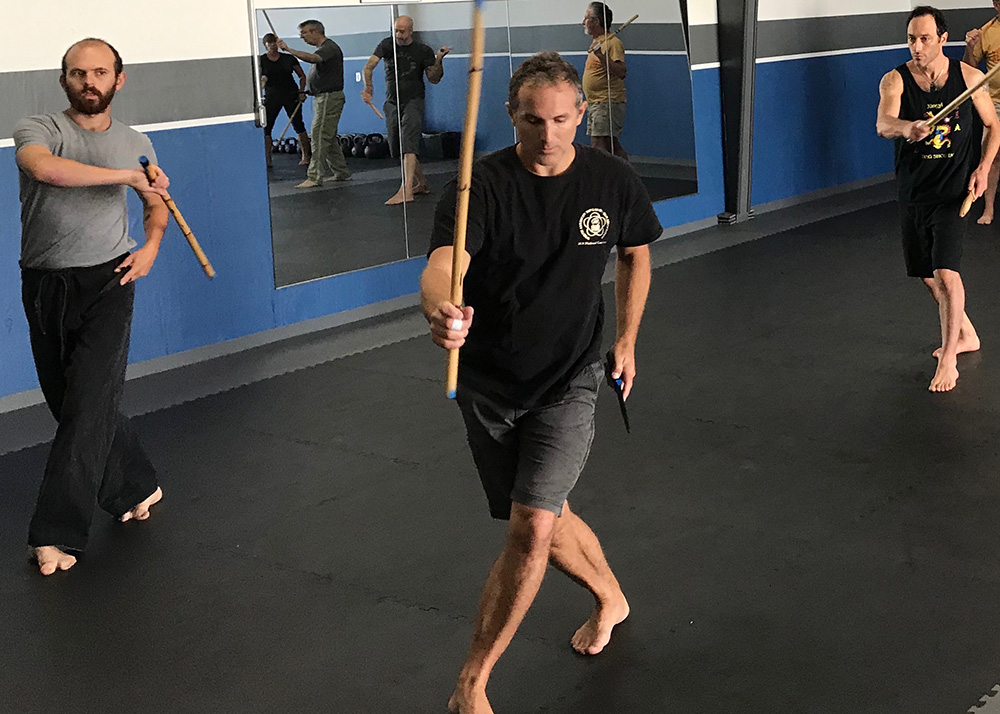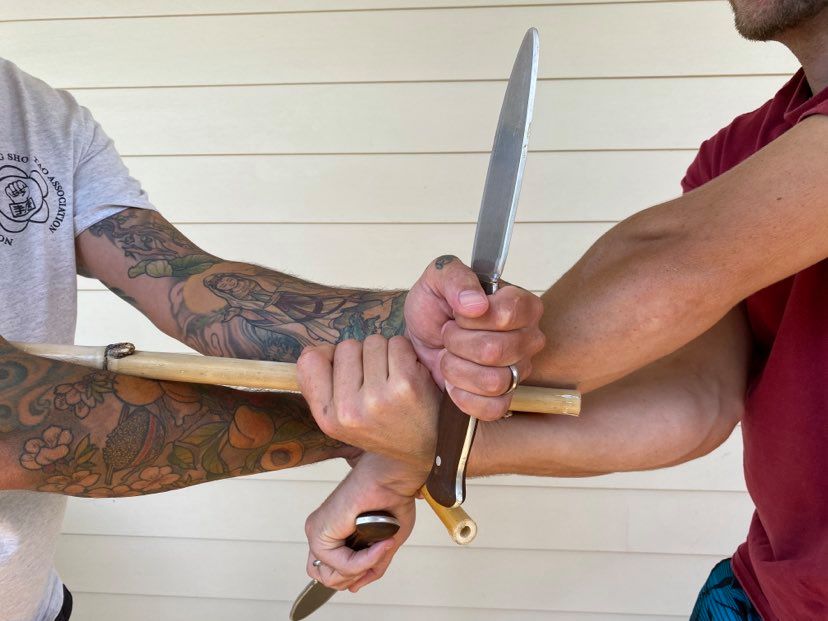The Doce Pares Eskrima Club in Cebu, Philippines is world famous. One of its founders, Filemon ”Momoy” Cañete, called his personal expression of the stick and knife method of the Doce Pares Club, San Miguel Eskrima. This is an old school dueling art tracing its roots directly to the Spanish fencing of a previous age. The techniques translate well into self-defense but the core of the system is focused on the strict requirements of surviving a duel with a stick and knife or sword and knife.
Vince Black learned San Miguel Eskrima directly from Momoy Cañete. The flowing angles and whip-like power of San Miguel cross trains well with internal martial arts and Vince appreciated the rigor and utility of the method in which the deadly nature of the knife had to be respected first and foremost. He was also very impressed with the moral uprightness of Momoy himself and never tired of repeating stories about the lessons he watched Momoy administering to his students in the Philippines.
The association’s San Miguel method consists of extensive form and footwork drills that teach stick-handling skills, movement patterns and mechanics, a set of counters to the twelve stick angles that instill the all-important distancing or ”measure” and another extensive set of two-person drills that teach the range of dynamic possibilities inherent in the stick and knife game.





